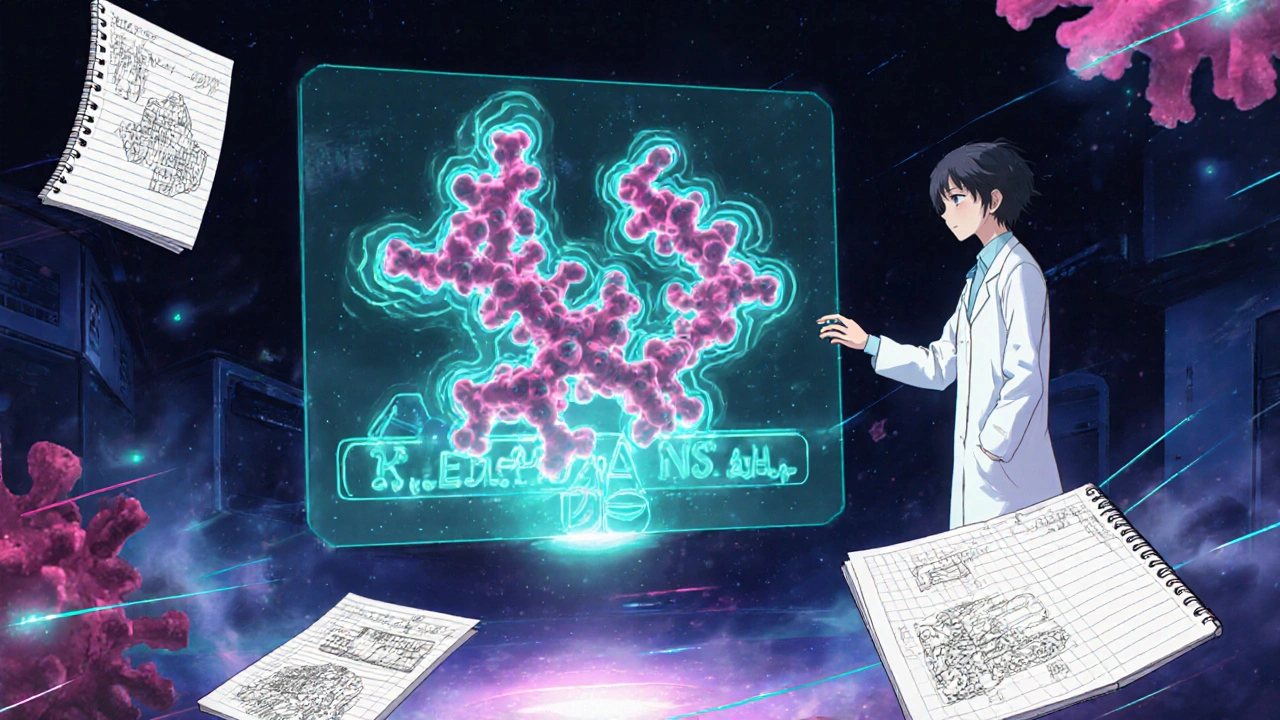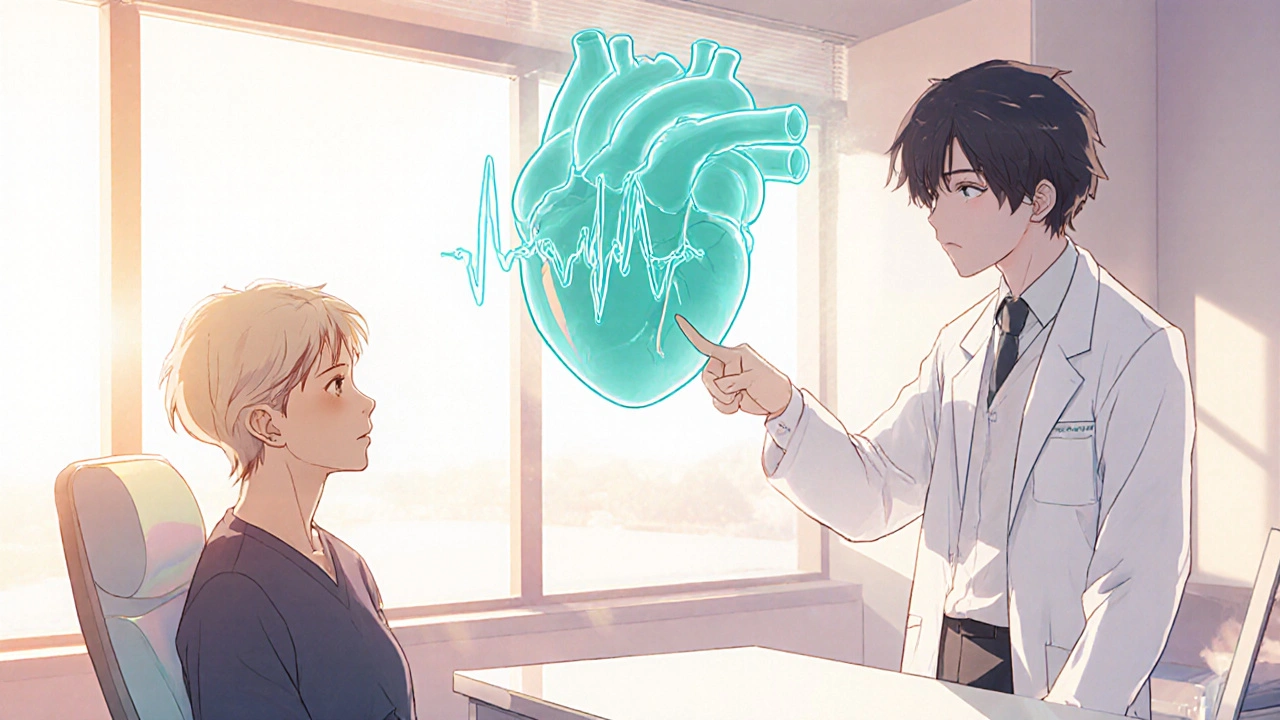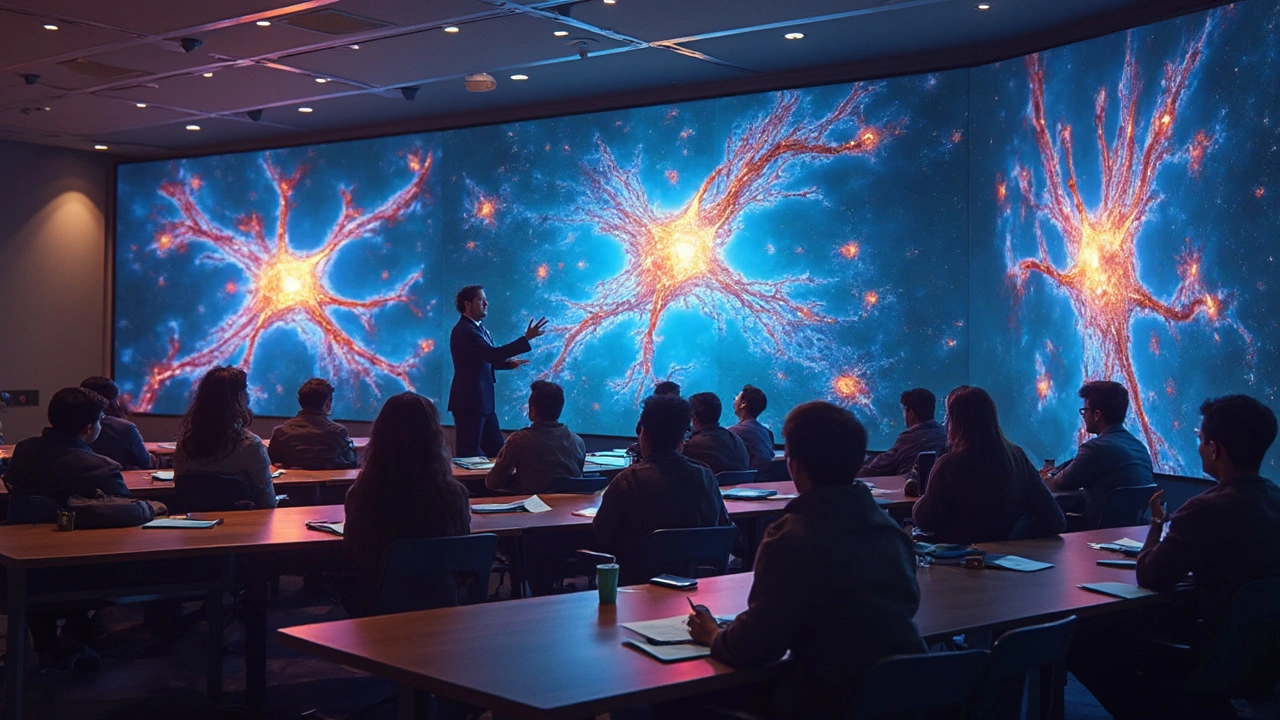Medical Education: Clear Teaching Tools for Complex Pharmacology
Are you struggling to get a handle on tricky topics like how levetiracetam works in the brain? You’re not alone. Medical education often dives into complicated mechanisms that can confuse even the most dedicated students.
One of the coolest ways to break down these ideas is through animated videos. They turn abstract processes, like synaptic vesicle fusion, into a clear, visual story that’s easier to understand and remember. For example, an animated video can show exactly how levetiracetam interacts with nerve cells — no dense jargon needed.
Why Animated Videos Make Learning Stick
Think about this: most of us remember pictures and stories better than dry facts. When you watch an animation, you see the drug’s effects step-by-step. This helps you grasp not just what happens, but why it matters for treating conditions like epilepsy.
Teachers who use these videos notice students stay more engaged and ask better questions. It’s like giving them a mental map to follow instead of expecting them to imagine an invisible process. Plus, these videos often come with handy tips and resources, making the whole lesson easier to manage.
Putting It to Work in the Classroom
If you’re instructing others or studying on your own, pairing the video with simple explanations and real-world examples works wonders. For instance, relate the mechanism to why a patient feels less seizure activity when taking levetiracetam. This connection turns abstract science into meaningful knowledge.
By using animated teaching aids and straightforward language, medical education doesn’t have to be overwhelming. Instead, it becomes a practical, approachable way to learn about medicines and improve patient care. Want to see how? Check out specific resources that guide you step-by-step through these tough topics and watch your understanding click into place.







